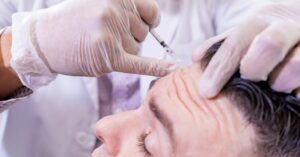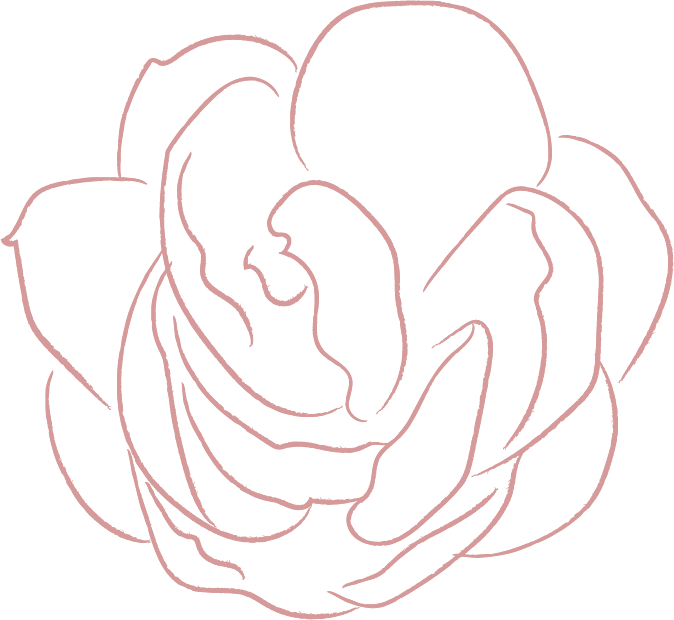Introduction of dysport vs botox
Dysport vs Botox are both neurotoxin injectables used for cosmetic purposes to reduce the appearance of wrinkles and fine lines. While they share similarities, there are also notable differences between the two. In this blog, we will delve into the details about Dysport vs Botox.
Dysport is a brand name for a prescription injection containing abobotulinumtoxinA, a neurotoxin derived from the bacterium Clostridium botulinum. Similar to Botox (onabotulinumtoxinA), Dysport is used for cosmetic and medical purposes, particularly for its ability to temporarily reduce the appearance of facial wrinkles and fine lines.
Botox is a household name in cosmetic treatments. Botox is a brand name for onabotulinumtoxinA, a neurotoxin derived from the bacterium Clostridium botulinum. Like Dysport, Botox is renowned for its ability to smooth out wrinkles by inhibiting muscle contractions.
Dysport vs botox
1. Types of Botulinum Toxin:
- Botox (OnabotulinumtoxinA):
Botox is formulated with onabotulinumtoxinA, a type of botulinum toxin type A. The specific strain and formulation contribute to Botox’s unique properties.
- Dysport (AbobotulinumtoxinA):
Dysport, on the other hand, contains abobotulinumtoxinA, which is another type of botulinum toxin type A. The distinct strain and formulation differentiate Dysport from Botox.
2. Approved Uses:
- Botox is FDA-approved for various cosmetic and medical purposes.
In cosmetic applications, it is commonly used to treat wrinkles and lines on the face, including frown lines (glabellar lines), crow’s feet, and forehead lines.
Botox is also used for medical conditions such as muscle spasms, chronic migraines, hyperhidrosis (excessive sweating), and certain neurological disorders. - Dysport is FDA-approved for cosmetic use to treat moderate to severe frown lines between the eyebrows, also known as glabellar lines.
In addition to its cosmetic applications, Dysport is also used for medical purposes. It may be prescribed to treat certain muscle disorders, excessive sweating (hyperhidrosis), and other conditions.
3. Formulation Differences:
- Botox is known for its precise formulation, allowing for localized effects at the injection site. The formulation of Botox is designed to provide controlled and targeted muscle relaxation.
- Dysport is formulated to potentially have a broader spread or diffusion compared to Botox. Some practitioners find that this characteristic can be advantageous when treating larger areas with fewer injection points.
4. Onset of Action:
- Botox typically has a gradual onset of action, with results becoming noticeable within a few days to a week after injection. The controlled formulation of Botox contributes to its precise action.
- Dysport is often reported to have a quicker onset of action compared to Botox, with some individuals noticing results within a few days after treatment.
The lower molecular weight of Dysport may contribute to its faster onset.
5. Diffusion Characteristics:
- Botox is often praised for its ability to stay localized at the injection site, providing precise control over the treated area. The higher molecular weight of Botox may contribute to its more localized effects.
- Dysport may have a broader spread or diffusion, making it potentially advantageous for treating larger areas with fewer injections. The lower molecular weight of Dysport may contribute to its ability to spread more widely.
6. Dosage and Units:
- The dosage of Botox is measured in units, and the number of units required can vary depending on the treatment area and individual factors.
- Dysport is also measured in units, but the number of units needed may differ from Botox due to variations in their formulations.
7. Molecular Weight:
- Botox has a higher molecular weight compared to Dysport. The higher molecular weight may influence how the molecules spread and diffuse after injection.
- Dysport has a lower molecular weight, which can impact its diffusion characteristics compared to Botox. Some practitioners believe that this lower molecular weight contributes to a faster onset of action.
In summary, both Botox and Dysport are effective neurotoxin treatments for reducing wrinkles, but individual preferences may influence the choice between the two. Factors such as onset time, diffusion characteristics, and cost can play a role in the decision-making process.

